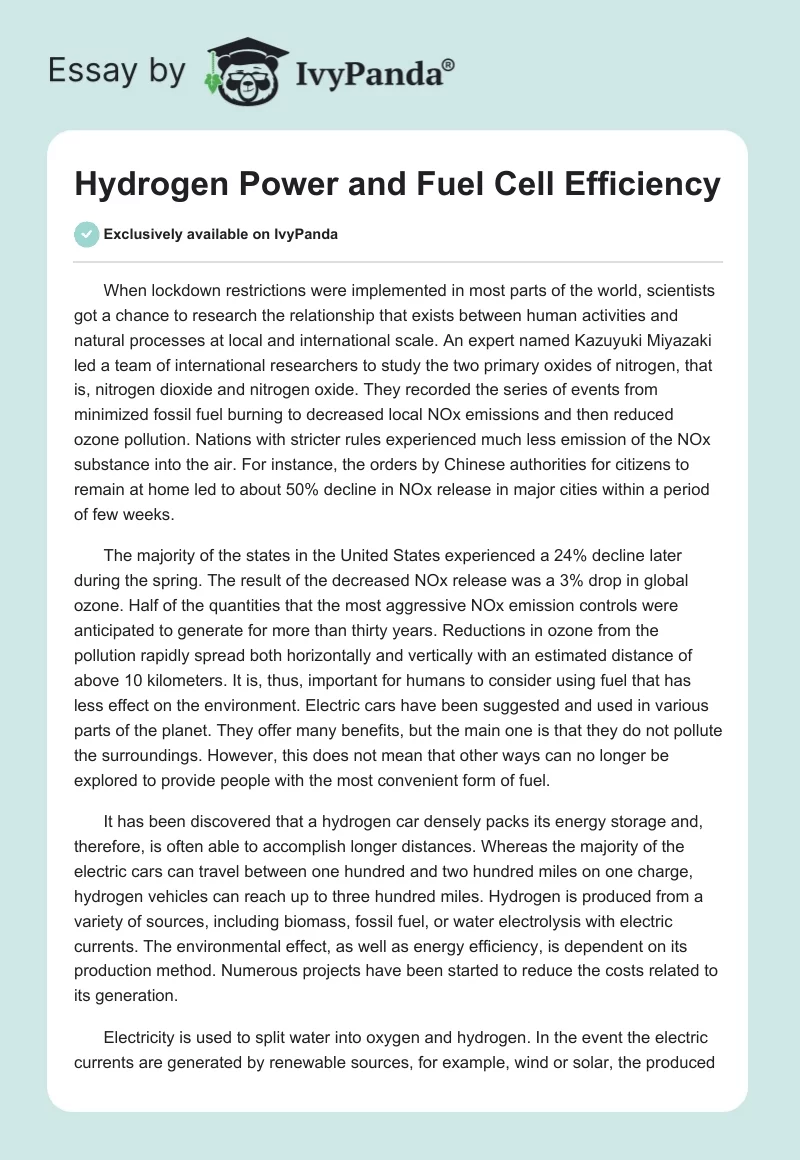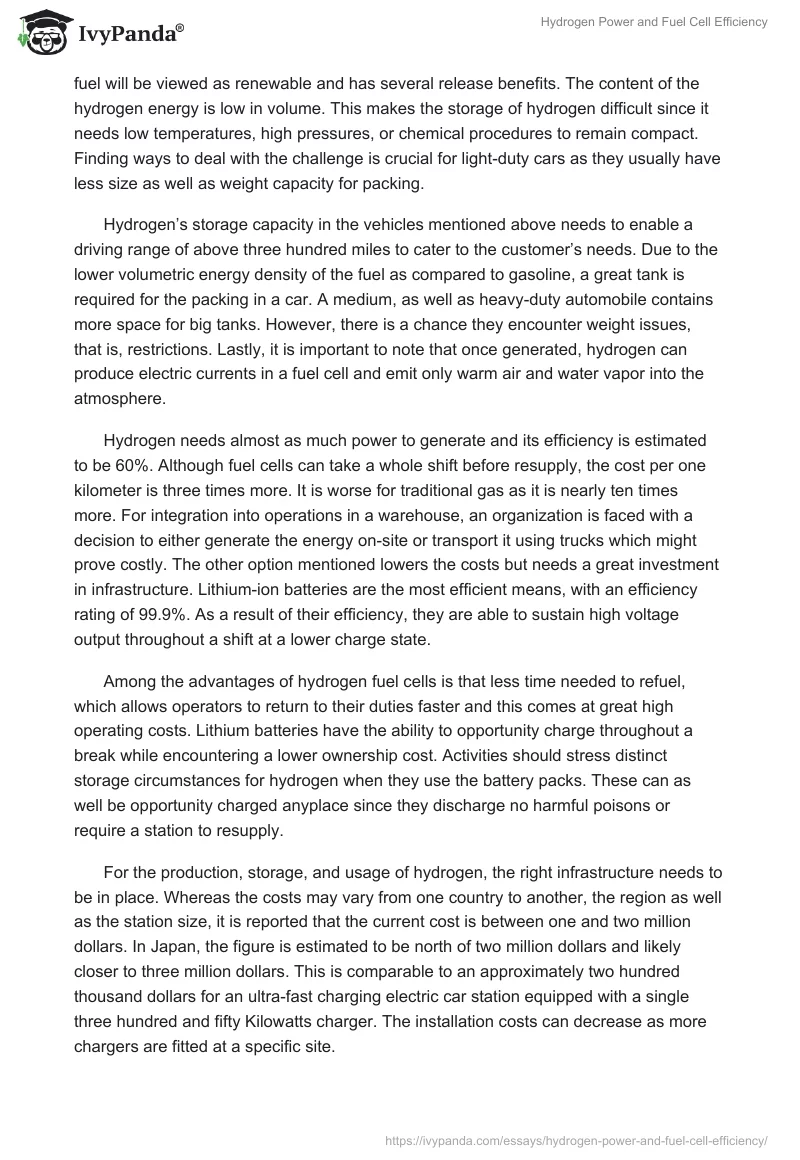When lockdown restrictions were implemented in most parts of the world, scientists got a chance to research the relationship that exists between human activities and natural processes at local and international scale. An expert named Kazuyuki Miyazaki led a team of international researchers to study the two primary oxides of nitrogen, that is, nitrogen dioxide and nitrogen oxide. They recorded the series of events from minimized fossil fuel burning to decreased local NOx emissions and then reduced ozone pollution. Nations with stricter rules experienced much less emission of the NOx substance into the air. For instance, the orders by Chinese authorities for citizens to remain at home led to about 50% decline in NOx release in major cities within a period of few weeks.
The majority of the states in the United States experienced a 24% decline later during the spring. The result of the decreased NOx release was a 3% drop in global ozone. Half of the quantities that the most aggressive NOx emission controls were anticipated to generate for more than thirty years. Reductions in ozone from the pollution rapidly spread both horizontally and vertically with an estimated distance of above 10 kilometers. It is, thus, important for humans to consider using fuel that has less effect on the environment. Electric cars have been suggested and used in various parts of the planet. They offer many benefits, but the main one is that they do not pollute the surroundings. However, this does not mean that other ways can no longer be explored to provide people with the most convenient form of fuel.
It has been discovered that a hydrogen car densely packs its energy storage and, therefore, is often able to accomplish longer distances. Whereas the majority of the electric cars can travel between one hundred and two hundred miles on one charge, hydrogen vehicles can reach up to three hundred miles. Hydrogen is produced from a variety of sources, including biomass, fossil fuel, or water electrolysis with electric currents. The environmental effect, as well as energy efficiency, is dependent on its production method. Numerous projects have been started to reduce the costs related to its generation.
Electricity is used to split water into oxygen and hydrogen. In the event the electric currents are generated by renewable sources, for example, wind or solar, the produced fuel will be viewed as renewable and has several release benefits. The content of the hydrogen energy is low in volume. This makes the storage of hydrogen difficult since it needs low temperatures, high pressures, or chemical procedures to remain compact. Finding ways to deal with the challenge is crucial for light-duty cars as they usually have less size as well as weight capacity for packing.
Hydrogen’s storage capacity in the vehicles mentioned above needs to enable a driving range of above three hundred miles to cater to the customer’s needs. Due to the lower volumetric energy density of the fuel as compared to gasoline, a great tank is required for the packing in a car. A medium, as well as heavy-duty automobile contains more space for big tanks. However, there is a chance they encounter weight issues, that is, restrictions. Lastly, it is important to note that once generated, hydrogen can produce electric currents in a fuel cell and emit only warm air and water vapor into the atmosphere.
Hydrogen needs almost as much power to generate and its efficiency is estimated to be 60%. Although fuel cells can take a whole shift before resupply, the cost per one kilometer is three times more. It is worse for traditional gas as it is nearly ten times more. For integration into operations in a warehouse, an organization is faced with a decision to either generate the energy on-site or transport it using trucks which might prove costly. The other option mentioned lowers the costs but needs a great investment in infrastructure. Lithium-ion batteries are the most efficient means, with an efficiency rating of 99.9%. As a result of their efficiency, they are able to sustain high voltage output throughout a shift at a lower charge state.
Among the advantages of hydrogen fuel cells is that less time needed to refuel, which allows operators to return to their duties faster and this comes at great high operating costs. Lithium batteries have the ability to opportunity charge throughout a break while encountering a lower ownership cost. Activities should stress distinct storage circumstances for hydrogen when they use the battery packs. These can as well be opportunity charged anyplace since they discharge no harmful poisons or require a station to resupply.
For the production, storage, and usage of hydrogen, the right infrastructure needs to be in place. Whereas the costs may vary from one country to another, the region as well as the station size, it is reported that the current cost is between one and two million dollars. In Japan, the figure is estimated to be north of two million dollars and likely closer to three million dollars. This is comparable to an approximately two hundred thousand dollars for an ultra-fast charging electric car station equipped with a single three hundred and fifty Kilowatts charger. The installation costs can decrease as more chargers are fitted at a specific site.
IONITY in Europe, owned by various car manufacturers, set a 2020 target of four hundred ultra-fast charging electric vehicle stations and about two thousand and four hundred chargers. Every one of them was expected to operate at three hundred and fifty Kilowatts levels. In contrast to quick charging stations for battery-electric vehicles, despite having greater capacity, hydrogen stations cost more. One can resupply one hundred to three hundred automobiles in one day as it consumes about five minutes only to do that. When fully used, it is yet to be reported that the fast-charging station is profitable.
A hydrogen-fueled aircraft is a plane that uses hydrogen energy. It can either be combusted in a jet engine or can be utilized to power a fuel cell to produce electric currents to start a propeller. Unlike the majority of aircraft that have the ability to store fuel, one intended to run on this power is designed with fitted tanks. Therefore, there is possibility of this technology to be used in commercial travel and shipping. It is believed that large planes and boats that are made for this purpose will likely enter the market by 2035. By 2050, it is projected that 10% of automobiles will be utilizing hydrogen power to run. Many companies in the transportation industry are exploring the benefits of this form. Hydrogen possesses particular energy that is three times higher than conventional jet fuel. Cryogenic liquid hydrogen has a density that is four times lower and requires cooling at −253 °C and stored in insulated tanks. In case hydrogen is available in quantity from low-carbon energy, for instance, nuclear or wind, its usage in aircraft will generate less harmful gases than the current aircrafts.
There are benefits of using hydrogen fuel in vehicles for instance, it is a renewable source of energy and abundant. Whereas it may need much to yield, no other is infinite as this power. This means that there is no capacity for it to get exhausted. Another advantage is that there are many ways of producing it locally. It can be produced from biomass, methane, water, or on-site. Factors such as technical issues and quantity in terms of pollution differ depending on used sources.
The third benefit is that it is a clean source of energy. When combusted, the by-products are safe as they possess zero side effects. Aeronautical firms use it as a source of drinking water. After its utilization, it is changed to a consumable product for astronauts in space missions. Lastly, it is non-toxic, which is unique for fuel. It is friendly to the ecosystem and cannot result in any harm or damage to someone’s health. This element allows it to be most preferred in contrast to others, such as natural gas and nuclear energy, which are dangerous.
Regarding the safety implications of using hydrogen power, whereas no fuel is one hundred secure, green hydrogen is proven to be safer than traditional fuels in various aspects. It is non-toxic, which is rare for others, for example, gasoline. Many of them have toxic substances, which include carcinogens, among others. Furthermore, with respect to cars that utilize hydrogen fuel cells, the source releases only water which is harmless. A spill or leak has no ability to contaminate the surroundings or endanger a human or animal’s health.
Hydrogen is lighter than gasoline which is an indication that it is emitted, it will rise as well as spread quickly, significantly lowering the danger of ignition at the ground level. Nevertheless, propane and the type of gas mentioned above have more weight than air which makes it more probable that they remain at ground level, thus, an increase in the risk of fire harming individuals and properties. Lastly, hydrogen energy possesses a greater oxygen requirement to explode as compared to fossil fuel. It can be explosive with concentrations of between 18% and 59%, whereas gasoline is about 5%. This shows that the latter has a higher risk of exploding in any place with oxygen.
Some of the opponents of the use of lithium-ion batteries claim that cost is high. They are estimated to be 40% more costly to produce than other types of cells, which makes this a major issue when considering their application. However, this has not stopped other experts in the energy industry who are arguing that the benefits outweigh the disadvantages. For example, they state that the main advantage of this technology is its high density. With equipment such as phones that need to operate longer between charges while using more energy, there is a desire to have batteries with a better capacity. A nickel-metal hydride battery suggested by critics cannot power a smartphone.
Bibliography
“Compressed Hydrogen Storage – an Overview | ScienceDirect Topics.” 2017. Sciencedirect.com. Web.
“Costs Check Growth of Fuel-Cell Infrastructure.” 2019. WardsAuto. Web.
Electronics notes. 2019. “Li-Ion Battery Advantages / Disadvantages | Lithium Ion | Electronics Notes.” Electronics-Notes.com. 2019. Web.
Hartono, Naomi. 2021. “Local Lockdowns Brought Fast Global Ozone Reductions, NASA Finds.” NASA. Web.
“Hydrogen Storage.” n.d. Energy.gov. Web.
January 14, and 2021 Christian Tae. n.d. “Hydrogen Safety: Let’s Clear the Air.” NRDC. Web.
Lerma, Andrew. 2021. “Hydrogen Fuel Cell Efficiency: How Does It Compare to Lithium-Ion?” Www.fluxpower.com. Web.
“Quiet and Green: Why Hydrogen Planes Could Be the Future of Aviation | Research and Innovation.” n.d. Ec.europa.eu. Web.
Rinkesh. 2013. “Advantages & Disadvantages of Hydrogen Energy.” Conserve Energy Future. Web.
U.S. Department of Energy. 2019. “Alternative Fuels Data Center: Hydrogen Production and Distribution.” Energy.gov. Web.
U.S DEPARTMENT Of ENERGY. 2019. “Hydrogen Production: Electrolysis.” Energy.gov. Web.


